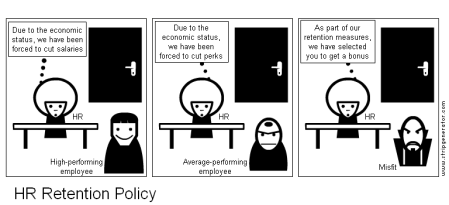Branches of banks all around the world are getting a revamp based on the technology upgrades. The primary motive is to save costs while continuing to provide their customers with additional value-added features. After 40 years of branch building, Celent forecasts that the US will witness reduction of 30-40% in the number of branches over the next decade.
Though the new generation likes online features, there are security concerns among many customers as well. The elder generation has a massive bridge towards moving to online features (Banks have been trying to address this aspect proactively)
Let us look at how Banks are evolving their branches:
- Bank of America spent 2012 remodeling and modernizing 2,000 of its American branches – new features include virtual ATMs, online click to call & online budgeting tools, rooms with video-conferencing capabilities, and more specialist staff members.
- BNP Paribas has launched a new online bank ‘Hello Bank’ with heavy integration with social networks such as Facebook and Twitter. The online bank has a team working six days a week to answer queries via chat, email, tweet and voice phone.
- Wells Fargo launched mini-branches earlier this year.
- Ukraine’s PrivatBank has tied up with the new trend of Google Glasses
- Metro Bank to launch drive-through branch – are Banks the new McDonalds?
- Denmark’s JyskeBank branches have been developed to offer a destination for both customers and the community. ‘Sensory marketing’ allows the comforting aroma of coffee to pervade the atmosphere of branches, where the whole community – not just bank customers – are welcome to use the cafe and leisure facilities
- In 2010 DBS launched ‘I Designed A Bank’ that invited young people to design their ideal branch. Based on the winning entries, the bank then opened couple of branches to cater to the Next Generation. This year, Barclays has launched a crowdsourcing micro-site called Your Bank, inviting customers to share ideas about how it can improve its service.
- PNC Bank has opened its first pop-up branch in Atlanta, having consultants who will help customers with more complex transactions and show off mobile and online services.
- Wells Fargo plans to open a series of technology-packed mini-branches in neighborhoods that cannot support full-sized outlets.

